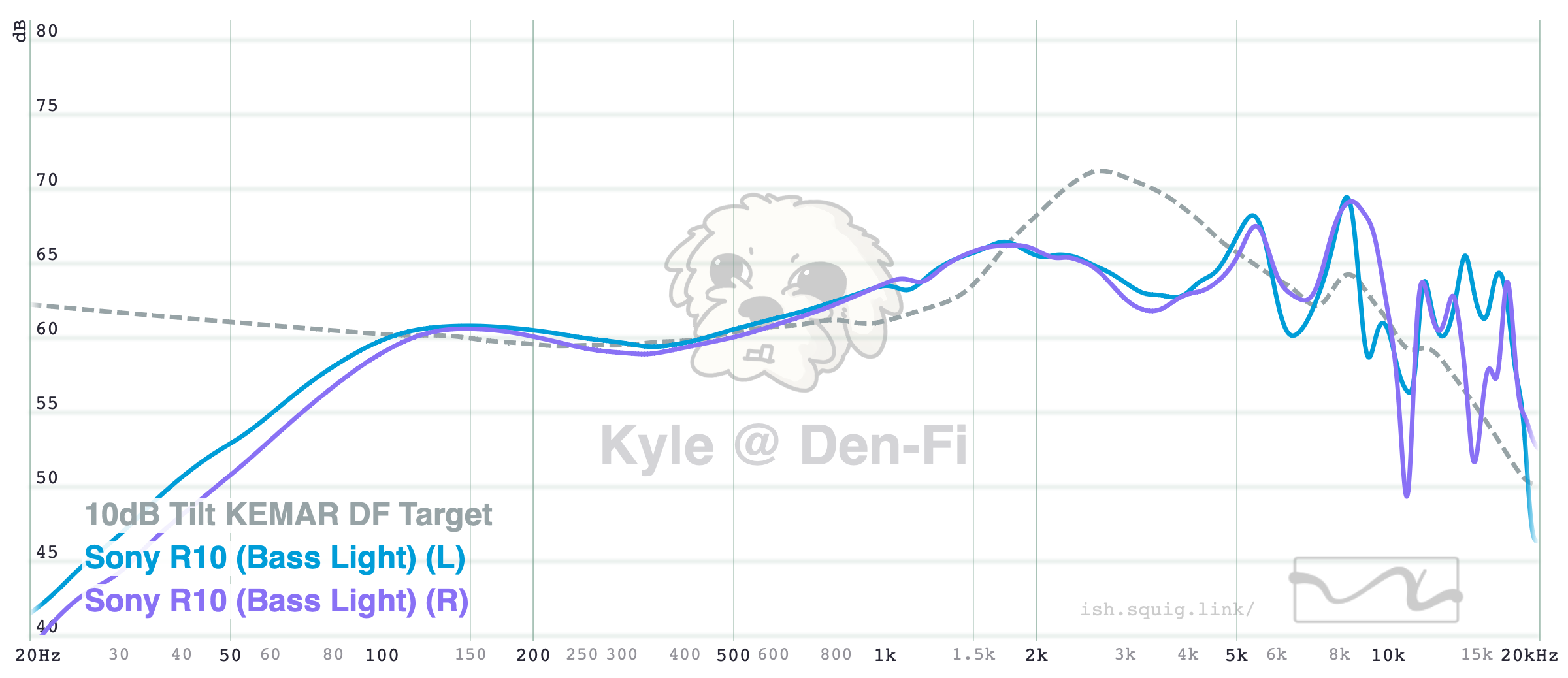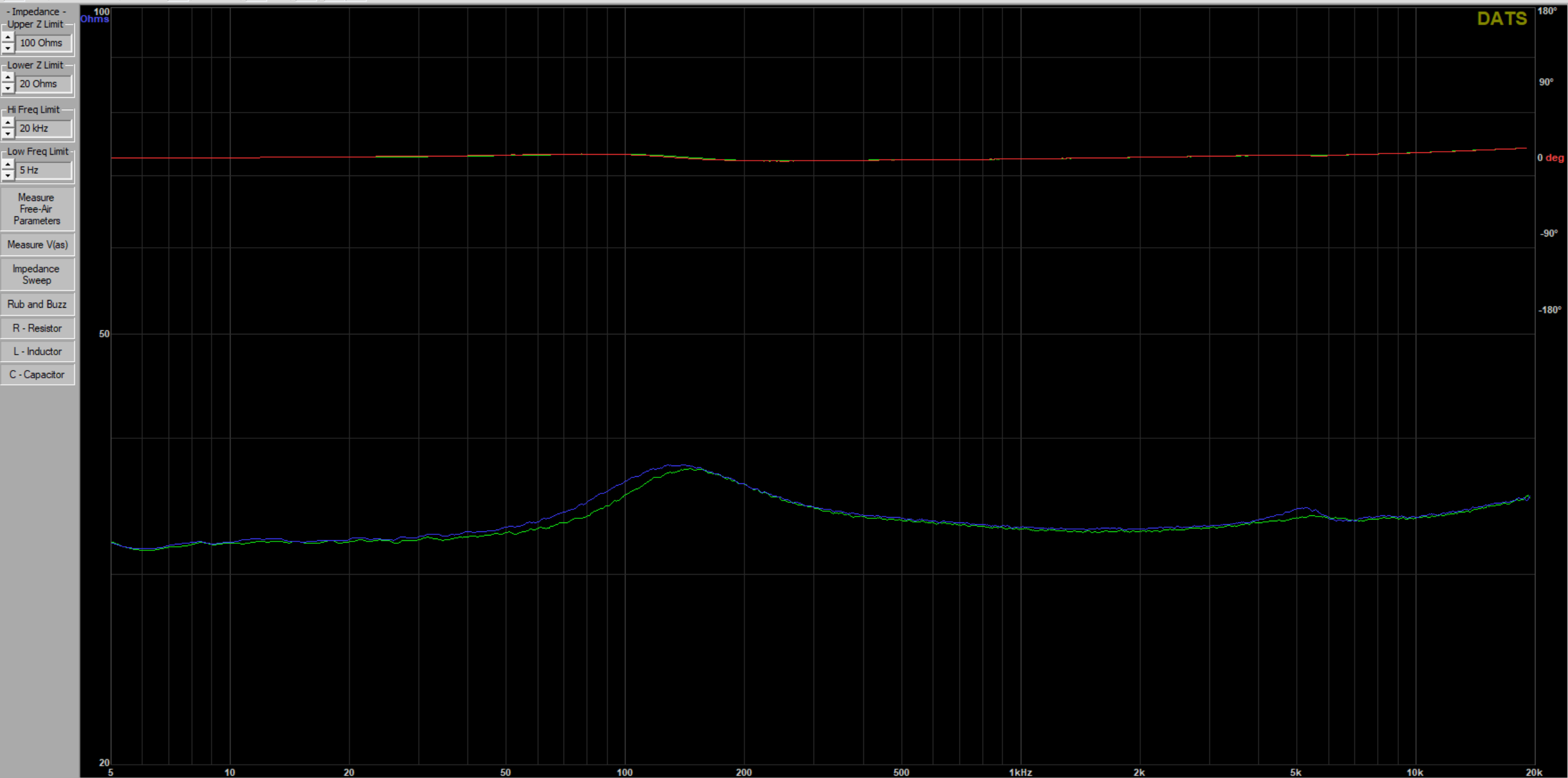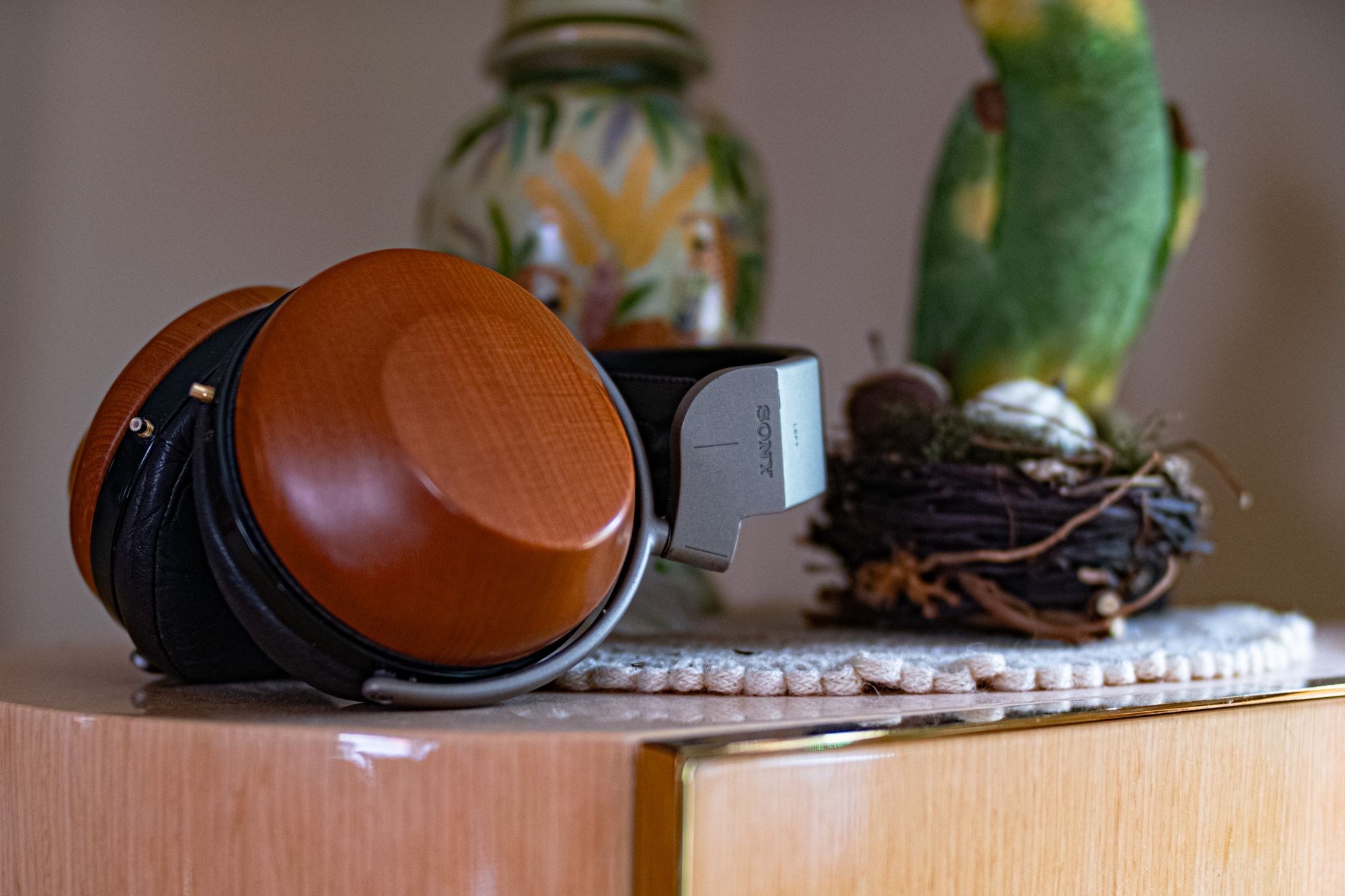The Sony MDR-R10 has been the grail headphone for me ever since entering the hobby more than a decade and a half ago. The tales of its midrange realism, something I put great stock in, made the R10 sound like the perfect headphone for me. Years later, I've owned many other storied headphones like the TakeT H2+, AKG K1000, Sennheiser HD800, Stax SR-007, and Sony MDR-CD3000. One by one, each one failed to live up to the hype for me in one way or another: the H2's bass was absolutely horrid, the K1000's stage really wasn't that big (same with the HD800), the SR-007 sounded artificial, and the CD3000 was far too nasal. The R10 continued to elude me though, even at meets. I would assume this is due to the fragility of the drivers combined with the stratospheric prices in the used market. However, my friend (the person behind the review website https://systematicsound.wordpress.com) had one of his R10 pairs refurbished by Vesper Audio in Belarus and since shipping directly to him was warned to be less safe than shipping to the US, was routed to me before finally returning to him. Vesper fixed the low end rattling sound on the R10 due to rotten foam, replaced foam, and added a detachable cable. The replaced foams mean the sound is probably not the same as it used to be, but as R10s are around 30 years old now, every pair will need refurbishment, so chasing the original sound is unrealistic, unless someone figures out the exact materials Sony originally used.
The MDR-R10 is actually one of several "R10" products Sony created in the 80s. Along with the MDR-R10, Sony created the CDP-R10, DAS-R10, SS-R10, and finally the TA-NR10. The R10 lineup was Sony's no-holds-barred attempt to push the limits of what they were able to do in audio, with prices to match.
The Vintage Knob gives the gist of the history of the MDR-R10, so I will refrain from simply rewording what they have already gone through the effort of writing. TIhough I have seen conflicting reports of the CD3000 and R10 using the same drivers. Both do use biocellulose diaphragms (yes, like Fostex) but having the unfortunate experience of having to replace a CD3000 driver, the R10 driver appears to be different, as shown in this Head-Fi thread. In contrast, the CD3000 driver looks more like a typical headphone driver. It's possible that the R10 and CD3000 use similar diaphragms, but I do think there are unfortunately differences between the R10 and CD3000 drivers.
I've used a few different systems with the R10, but primarily I've used these three for nailing down final impressions:
J.A. Michell Gyro SE with SoundSmith Carmen>Herron Audio VTPH-1>Oliver Sayes Type 26 tube and Slagleformer preamp>Esoteric A100>OPT headphone transformer adapter (unfortunately I could not find a DRC-R10 for this review)
Sony SCD-1 or Exogal Comet>Sayes preamp>Oliver Sayes 801A driving 300B amp
Exogal Comet>Luxman L550A>OP adapter
I've used it with more "normal" setups like a Fiio Q7 and even an Apple Dongle, but, frankly, this is a next-to-unobtainable headphone so I'm treating this piece as more of a journal than a review.

Sound
As unfortunate as it is, I think the R10 is a slow-burn type of headphone. At first listen, it is rather...disappointing. It's colored, incredibly so in fact. The center midrange is shouty, the upper midrange is recessed and echoed, and the mid treble is downright painful at times.
Treating each major range of sound separately, the R10 fares rather mediocrely.
Bass
Bass does not extend into sub bass very well; it rolls off around 80-100Hz on my head (later than measured because my head is more compliant than the flat plates of my GRAS clone). The upper bass sounds somewhat thicker than I expected, with decent texture, helped by the reverb the cups give.
Midrange
Midrange is the star of the R10, but it's the star in the same way many people love horn speakers. It isn't natural, especially with its bit of center midrange shout, but it pushes vocals quite forward and the timbre seems somewhat marred by the shout.
Treble
Treble is my biggest pain point (literally) with the R10. It has a mid treble peak that I was never able to fully get used to, but moving the cups around my head helped the treble slightly. It's not particularly airy up top, but like the bass, the reverb of the cups helps create a sense of space despite the lack of extension.
Techs
On a technical level, the R10 isn't that much better than my $150 Sennheiser HD580. The reverb seems to combat with some aspects of resolution and accuracy. For example, crowd chatter isn't particularly clear and guitar plucks are emphasized a bit much.
When looking at the R10's individual traits like a spec sheet, it absolutely does not sound like a headphone I would enjoy, but I decided to put on real reviewer music: Diana Krall. I had a hunch that the forward midrange might work well for vocals, especially with the reverb the cups add. This is a trait I found endearing with the ES-R10 that I reviewed last year.
Then it clicked for me.
The R10 is not a technical monster, nor is it a reflection of what music sounds like. It creates a feeling that I can only describe as a simulacrum. A simulacrum (depending on your school of thought--I don't really want to debate this in a headphone review) is an intentionally incorrect, artificial, or hyperrealistic simulation of something to evoke a certain feeling. For example, Disney theme parks are simulacras in the sense that the characters and buildings aren't representations of reality, but rather an attempt at building a world in which its patrons can pretend, if just for a few hours, that they are in a different, more magical world. In the case of the R10, it does a few really, really special things to create its own version of music reproduction. It forcibly adds reverb that feels timed perfectly to create a wetness or slowness to decay that portrays an incredible sense of smoothness. This effect is augmented by the recessed upper midrange, as it works in tandem with the elevated center midrange to push vocals straight into the listener's face and pushes harmonics back. It's not like a live performance, it's an absolutely beautiful bath of sound that manages to be just the right amount of intimate while also sounding expansive, for a headphone. Music doesn't sound like this in real life, but for as long as I'm using the R10, I have the ability to feel more connected with music than I have with any other headphone.
As long as it's the right music.
A lot of music doesn't really work with this presentation.
Large ensembles tended to sound awkward and muddled, as the R10 works best when it highlights a single, or at a stretch, two, aspects of music. Electronic music almost as a whole also sounded strange, because they almost don't extend in either bass or treble at all. Shoegaze sounds a little too ethereal. Fast paced pop music, even vocal-forward pop music sounds almost hollow and sluggish. This is a relaxing, small ensemble headphone through and through.
Measurements
This is what many are probably awaiting:

Yup, it measures strangely, and my complaints about the sound line up. It definitely is bass light, it has a level of center midrange shout, dipped upper midrange, and elevated low treble.
I have also taken impedance measurements of the R10 with my DATS:

The impedance is generally around 32ohms, but does peak at around 38ohms between 100Hz and 200Hz. I was not able to test with any high output impedance sources as all my tube amps have output impedances of <10 ohms, but I would not expect radically different results from high output impedance amplifiers.
Conclusion

The R10 has been a rare case where the hype does live up to my expectations, though not in the traditional sense. It's easy to compare the R10 to other expensive flagships like the Hifiman Susvara, Abyss 1266TC, or Focal Utopia and point out how much the R10 falls short on a technical level in comparison. This is a disservice to the R10, as the R10 is strictly an emotional purchase, rather than a rational one. The R10 shows its worth in creating an experience I've yet to hear with any other transducer and yield more "just one more song..." moments.
The prices the R10 commands don't really make sense for the package, but just like those who spend tens or hundreds of thousands on pre-war cars, the R10 isn't a purchase one makes expecting it to keep up with headphones that were created decades after it, it's meant to evoke joy in its own way. A Bugatti Type 57 is easily smoked by a new base Honda Civic in many aspects, but those who buy the Bugatti are looking for a particular experience. Likewise, the $40 JBL 710BT measures better than the R10, but I've yet to find anything, at any price, that makes me feel the same feelings the R10 evokes. It's easy to cast off the R10 because it measures poorly, and if you, the reader, feel this way about audio, the R10 is not the headphone for you, and that's okay.
More for me.
Comments?
Leave us your opinion.